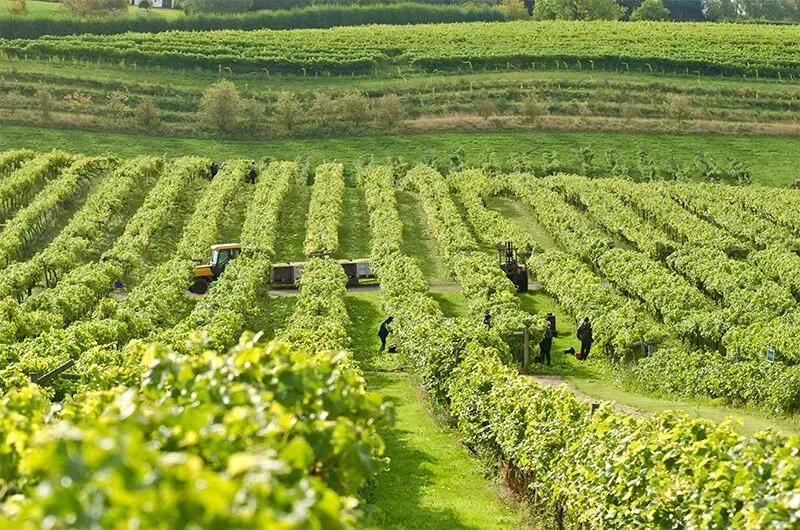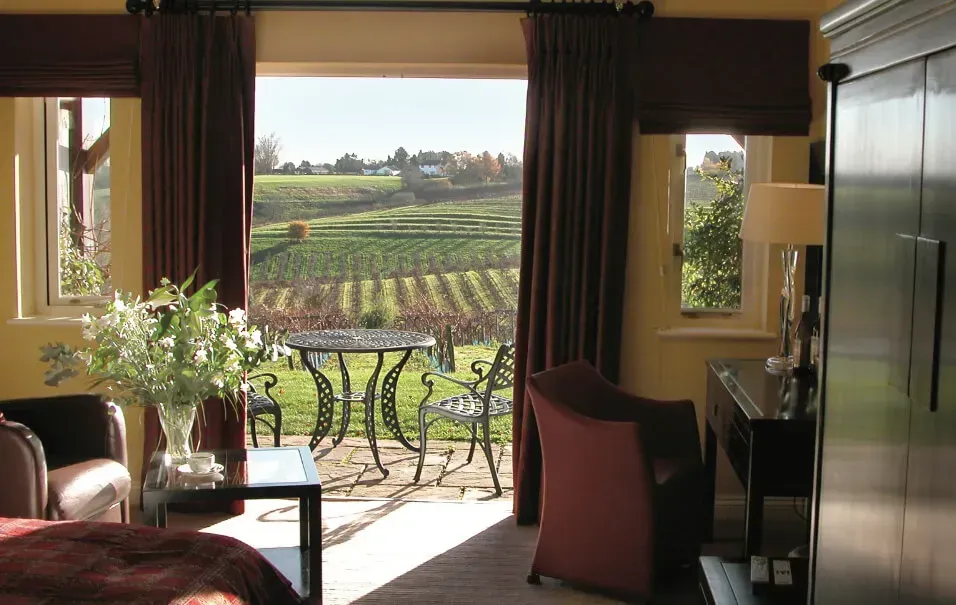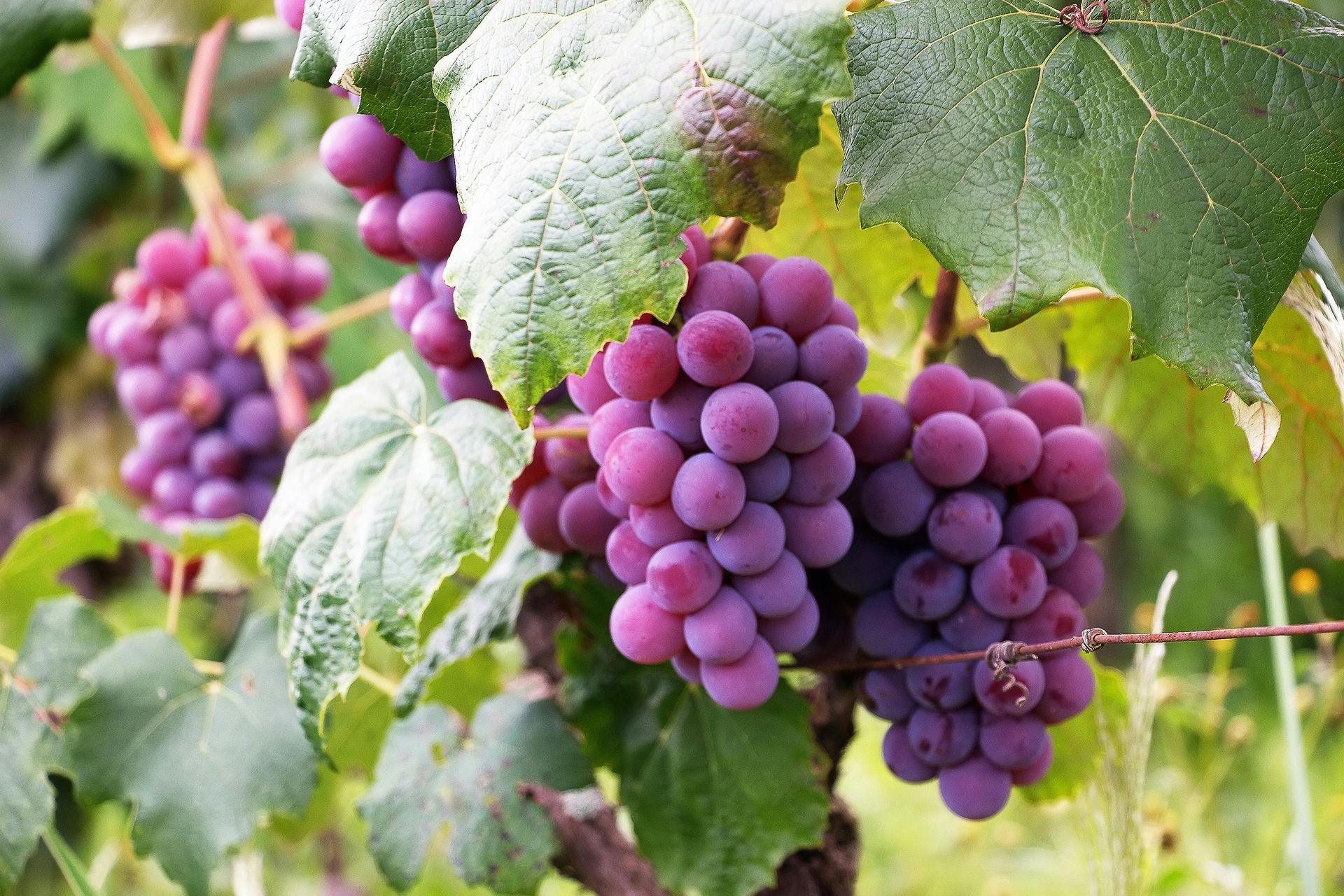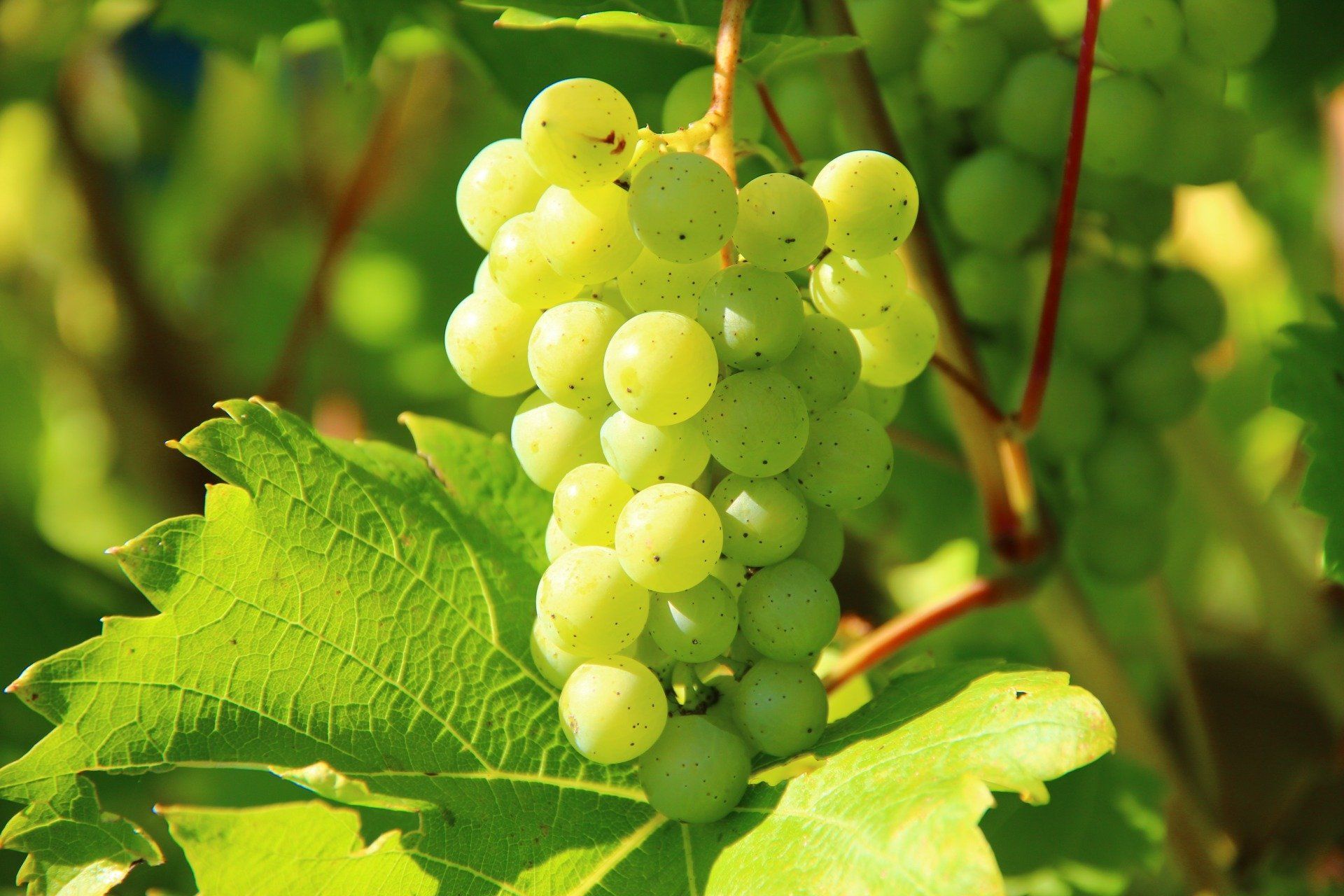English Wine: A Quick Guide
Once upon a time, English wine making was little more than a hobby for a small number of private post-war pioneers. Today, English wine is serious business, making its mark on a world stage and widely celebrated for its incredible quality. When exactly did the English wine resurgence happen? And why?
To answer those questions and more, we’ve put together a quick guide to English wine. It features some of the wine questions we are asked here at Three Choirs Vineyards in Gloucestershire.
When did grapes come to England?
Grapes came to England with the Romans. At first, grapes were probably used as ornaments to remind Romans of life back in Italy; vines were probably grown in England a little later to satisfy the Romans thirst for wine.
But it was when the Norman nobles arrived with William the Conqueror in 1066 that viniculture really took off in England.
At the time of the compilation of the Domesday Survey in the late eleventh century, for instance, vineyards were recorded in 46 places in southern England, from East Anglia through to modern-day Somerset. Although much of this wine was being produced to be used as communion wine in monasteries and on ecclesiastical estates.
Wine production continued in England throughout the Middle Ages and into the 16th century (by the time King Henry VIIIth ascended the throne there were 139 sizeable vineyards in England and Wales). Most vineyards were connected to monasteries and with the Reformation most vineyards disappeared as the monasteries fell into disrepair.
It was not until 1936 when a man called George Ordish planted vines in Wessex and the South of England, that there was a rediscovery of English wines and winemaking. Thankfully, more pioneers followed in his footsteps and thus began a rapid increase in the number of English vineyards, with a particular boom of commercial vineyards in the 80s and 90s. The rest, as they say, is history.
How do you grow grapes in England?
As you’d expect, vines need the right conditions to thrive and grow, which is why not all regions in the UK are wine-producing. Even in the best wine growing regions, such as the south west (where we are based) and the south east, our cooler climate makes wine growing a challenge. England also has one of the shortest growing seasons in Europe, which means we must choose grape varieties that can fully develop flavour and complexity whilst retaining a greater level of freshness and vibrancy in our wines.

To grow vines and grapes successfully at home (which is more than possible) you need the right spot – your warmest, sunniest and most sheltered corner, ideally south-facing where the soil is well drained.
We can offer a consultancy service for those wishing to plant vines on a commercial scale.
How many vineyards are there in England?
There are approximately 164 wineries and 522 commercial vineyards in England with 150 vineyards open to the public. We are one of England’s oldest vineyards, and we’re open to the public [Saturday & Sunday] for wine tastings.
Unsurprisingly, the majority of viticulture takes place in the south, where the climate is slightly warmer and drier. Although as temperatures rise with climate change, wine making may begin to proliferate across the entire country. For now, the majority of commercial vineyards tend to be located in the southern strip of England’s coast, from Cornwall to Kent.
What are the most popular grape types grown in English vineyards?
The most popular grapes grown in English vineyards are Chardonnay, Pinot Noir, and Bacchus, as well as Pinot Meunier and Ortega.
Here at Three Choirs Vineyard, we produce a Bacchus – it’s an elegant, dry and aromatic wine, popular with our diners and our weekend guest. We also produce a gold award-winning classic sparkling wine, Classic Cuvee n/v, shown on the left, made to traditional methods and to exceptional quality.
Interestingly, sparkling wine still makes up the lion’s share of English wines being produced per year. Still white wine comes in at second, whilst the remaining come from red wines or rosé wine.
We produce two red wines and one rosé wines at our Gloucestershire vineyard: a Ravens Hill, a Pinot Noir Precoce and a Rosé.
We also have a number of white wines: Siegerrebe, Coleridge Hill and Willowbrook 2018.
Where can I taste English Wine in the UK?
With nearly 150 English vineyards open to visitors, it might be hard to decide where to go to taste English wine in the UK.
At Three Choirs Vineyards not only can you enjoy tasting our English wines in the beautiful, rolling Cotswolds’ countryside, you can also stay amongst our vines overnight.

On site, we have Luxury Vineyard Lodges and Vineyard View Rooms for you to choose from, plus a Brasserie serving the best local food paired perfectly with our homegrown wines. We promise, tasting English wine here, with us, will be a wine experience you’ll never forget.
More from our blog...






